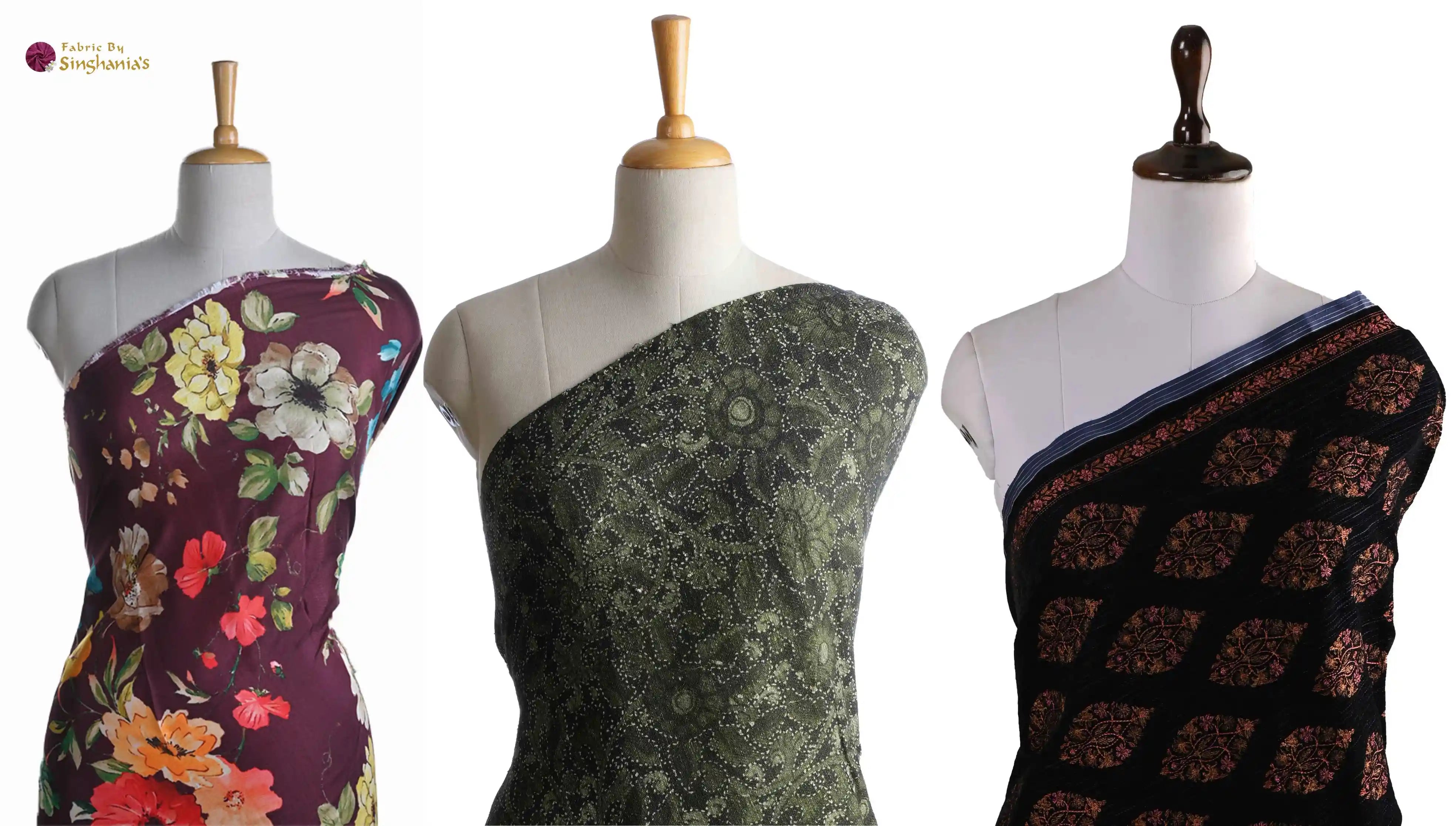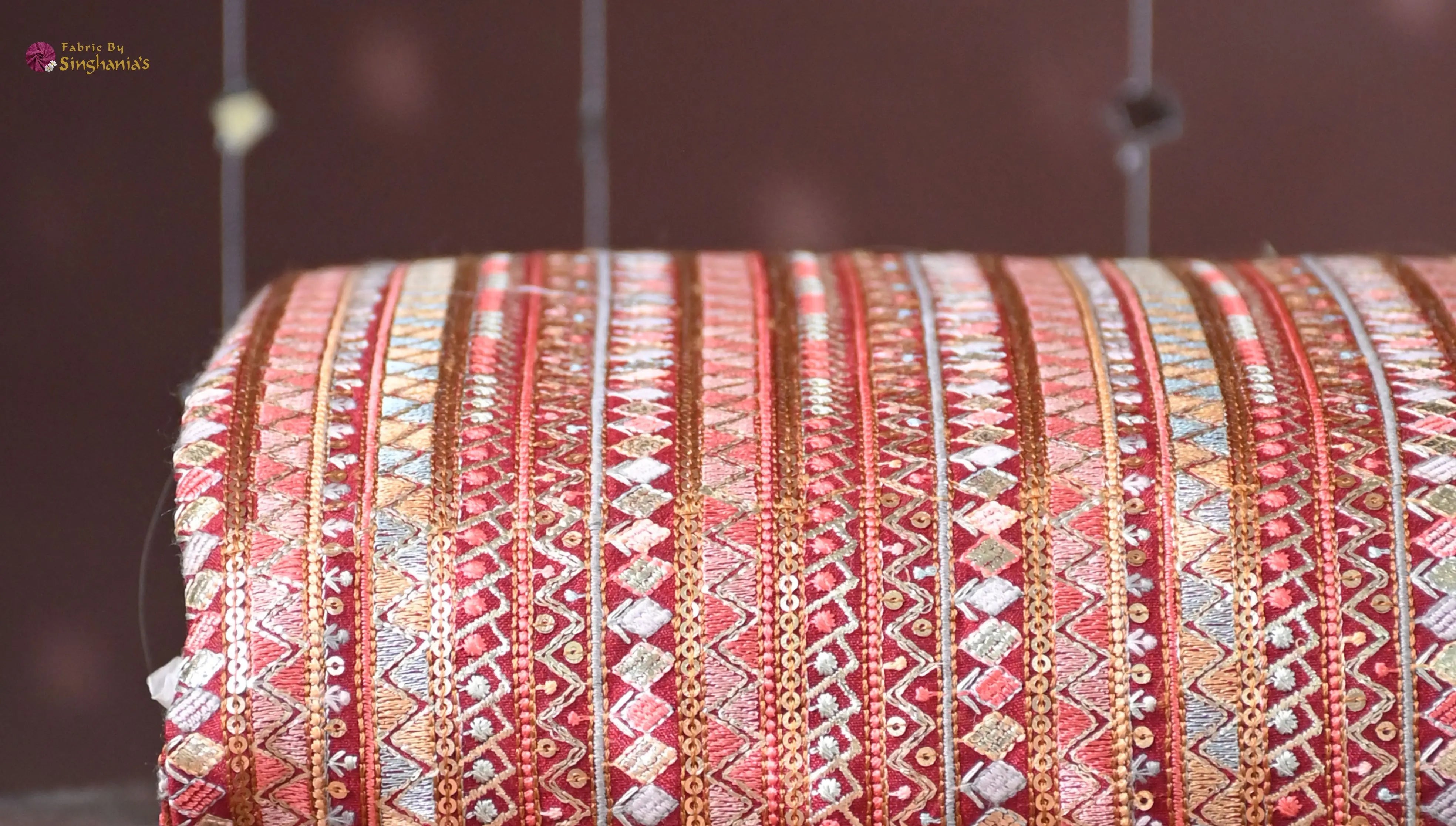
Fabric design is a vibrant and crucial part of the fashion industry. It’s not just about creating beautiful clothes; it’s about expressing individuality, evoking emotions, and setting trends. From the intricate patterns that adorn a dress to the textures that define a fabric's feel, every element plays a role in transforming fashion. In this blog, we will explore the art of fabric design, delve into patterns and textures, and discover how they redefine personal style.
Understanding Fabric Design: An Overview
What is Fabric Design?
Fabric design is the process of creating textiles that are used in clothing, accessories, and home decor. It encompasses various elements, including color, pattern, texture, and material. The significance of fabric design in the fashion industry cannot be overstated—it’s the foundation of what makes clothing appealing and desirable. A well-designed fabric can elevate a simple garment, making it a standout piece.
The History of Fabric Design
The history of fabric design is rich and varied, reflecting cultural changes, technological advancements, and artistic movements. From ancient civilizations that used natural dyes and patterns to convey their beliefs to the modern era of digital printing, fabric design has evolved significantly.
For example, in ancient Egypt, linen was intricately woven and dyed, often featuring geometric patterns that had spiritual significance. Similarly, in the 18th century, floral patterns became popular in European fabrics, representing the beauty of nature and femininity. Today, fabric design incorporates global influences and innovative technologies, creating a diverse array of styles that cater to modern tastes.
The Role of Patterns in Fabric Design
Patterns are one of the most important aspects of fabric design. They not only enhance the visual appeal of a garment but also serve as a form of personal expression.
Types of Patterns in Fabric Design
There are several types of patterns commonly used in fabric design:
- Florals Fabric: These patterns feature flowers and plants and are often associated with femininity and softness. Floral fabrics can range from delicate and subtle to bold and vibrant.
-
Geometrics Fabric: Geometric patterns use shapes like squares, circles, and triangles to create a modern, structured look. They are versatile and can add a contemporary edge to any outfit.

- Abstract Fabric Designs: These patterns are nonrepresentational and can evoke emotions and thoughts through colors and shapes. Abstract designs often make a strong fashion statement.
- Stripes and Plaids Fabric: Classic patterns that never go out of style, stripes and plaids can be adapted for casual and formal wear alike.
The Psychological Impact of Patterns
Patterns can have a profound psychological impact on how we perceive fashion. For instance, floral designs can evoke feelings of joy and romance, while geometric patterns might convey a sense of stability and order. Understanding the emotional responses to different patterns can help individuals choose fabrics that align with their personal style and mood.
Textures: The Sensory Experience in Fabric Design
Texture plays a crucial role in fabric design, adding depth and richness to garments. The feel of a fabric can greatly influence a person's perception of it and its overall appeal.
Importance of Texture in Fashion
Texture contributes to the overall look and feel of a garment. A soft silk or luxurious velvet can elevate a simple design into something exquisite. Conversely, a rough, textured fabric might provide an edgy, casual vibe.
Textures also affect how a garment drapes and moves on the body. For example, heavier fabrics can create structured silhouettes, while lighter fabrics tend to flow more freely, creating an airy appearance. This interplay of textures can significantly influence fashion choices and trends.
Combining Textures in Fabric Design
Combining different textures in fashion pieces can create visually stunning outfits. Here are some tips on how to do it effectively:
Mix Smooth and Rough Textures: Pairing a soft silk blouse with structured denim or a chunky knit can create a balanced look that is both interesting and stylish.
Layering: Layering different textures can add depth to an outfit. Consider wearing a satin dress under a textured cardigan for a chic, layered look.

Use Accessories: Textured accessories, such as a knitted scarf or a leather bag, can enhance the overall outfit and create a cohesive look.
Innovations in Fabric Design
The world of fabric design is constantly evolving, thanks to advancements in technology and an increasing focus on sustainability.
Technology's Impact on Fabric Design
Digital printing technology has revolutionized fabric design. It allows designers to create intricate patterns and vibrant colors that were previously difficult to achieve. With digital printing, the possibilities for creativity are virtually limitless.
Designers can now experiment with various styles, producing small batches of unique fabrics without the waste associated with traditional methods. This innovation enhances design possibilities & customization options.
Sustainable Practices in Fabric Design
Sustainability has become a critical focus in the fashion industry, and fabric design is no exception. Ecofriendly practices, such as using organic materials, natural dyes, and recycled fibers, are gaining traction.
Sustainable fabric design aims to reduce waste, conserve resources, and create environmentally friendly products. Brands are also exploring ways to minimize their carbon footprint through responsible manufacturing processes. By choosing sustainable fabrics, consumers can contribute to a healthier planet while looking stylish.
Fabric Design and Personal Style
Choosing the right fabric designs that reflect personal style is an essential part of fashion.
Choosing the Right Patterns and Textures for You
Personal preferences: Think about what patterns and textures resonate with your style. Do you prefer bold florals or subtle geometrics? Understanding your preferences will help guide your choices.
Body Type: Certain patterns can flatter specific body types. For example, vertical stripes can create an elongating effect, while larger patterns may overwhelm smaller frames.
Occasion: Consider the setting in which you will wear the fabric. For formal events, opt for sophisticated patterns, while casual outings can embrace playful designs.
How to Incorporate Unique Fabric Designs into Your Wardrobe
Here are some practical ways to add distinctive fabric designs to your everyday outfits:
Statement Pieces: Incorporate bold patterned garments as statement pieces in your outfit. A floral dress or geometric top can serve as the focal point of your look.
Layering: Use fabric designs in layering to create visual interest. Pair a patterned blouse with a solid-colored blazer or cardigan for a chic layered effect.
Accessories: Add unique fabric designs through accessories like scarves, bags, or shoes. These small touches can enhance your overall look and add a pop of personality.
The Lasting Influence of Fabric Design on Fashion
Fabric design is a crucial element that shapes fashion trends and personal expression. From the patterns that catch our eye to the textures that invite us to touch, fabric design transforms the way we perceive clothing and style.
Understanding the art of fabric design enables us to make informed choices that reflect our individuality. Whether you are looking for timeless elegance or contemporary chic, fabric design offers limitless possibilities to express who you are.

Fabric by Singhania's By providing a vast array of fabric options, including unique patterns, textures, and customization choices, your wardrobe can truly reflect your style. You can find the perfect fabric to express your individuality and elevate your fashion choices. Embrace the art of fabric design and elevate your fashion game today!



